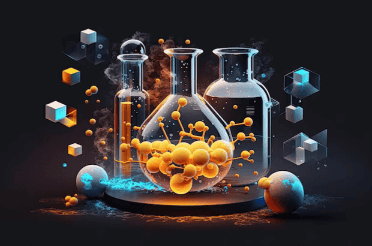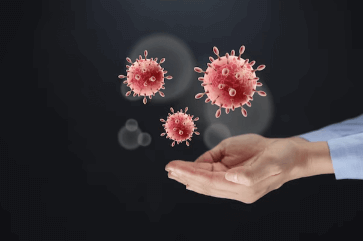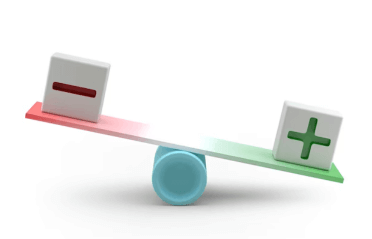Question
a.
Autologous Cells
b.
Eukaryotic Cells
c.
Prokaryotic Cells
d.
Adherent Cells
Posted under Tissue Engineering
Interact with the Community - Share Your Thoughts
Uncertain About the Answer? Seek Clarification Here.
Understand the Explanation? Include it Here.
Q. _____________ are anchorage-dependent and propagate as a monolayer attached to the cell culture vessel.
Similar Questions
Explore Relevant Multiple Choice Questions (MCQs)
Q. Hematopoietic cells are an example of _________________
View solution
Q. _____________ is the growth of tissues explants in an artificial medium.
View solution
Q. The optimal pH to be maintained while culturing mammalian cells is 4-5.
View solution
Q. __________ is the method of maintaining a whole embryo or organ excised from the host organism in an artificial medium.
View solution
Q. The cell isolation step is the last step in cell culture.
View solution
Q. The culturing of undifferentiated plant cells and calli requires more of auxin and less of cytokinin.
View solution
Q. Virus cultures require the cell cultures of different living cells, of mammalian, plant or microbial origin as hosts and support for the growth and ____________ of the virus.
View solution
Q. Vaccines for measles, rubella, etc., are currently made in cell cultures.
View solution
Q. __________ are a replacement for extracellular matrix in artificial cell culture mediums.
View solution
Q. Cell culture technique in 2 dimensions was first discovered by ___________
View solution
Q. The _____________ tooth enamel and epidermis are formed by differentiation of ectoderm.
View solution
Q. In vertebrates, the ectoderm has five parts.
View solution
Q. _____________ discovered the three germ layers.
View solution
Q. During the later stages of pregnancy, the ectoderm can be observed first in amphibians and fish.
View solution
Q. The process of ___________ within the ectoderm results in the formation of the neural tube, neural crest, and epidermis.
View solution
Q. Epidermal cells give rise to the central nervous system.
View solution
Q. Epithelium and Mesenchyme are the origins for all the organs rising from the ectoderm.
View solution
Q. ______________ develop from ectoderm derived from the mesenchyme.
View solution
Q. A condition in which tissue groups derived from the ectoderm undergo abnormal development is termed as Ectodermal Dysplasia.
View solution
Q. _____________ is a type of surface ectoderm.
View solution
Recommended Subjects
Are you eager to expand your knowledge beyond Tissue Engineering? We've handpicked a range of related categories that you might find intriguing.
Click on the categories below to discover a wealth of MCQs and enrich your understanding of various subjects. Happy exploring!








